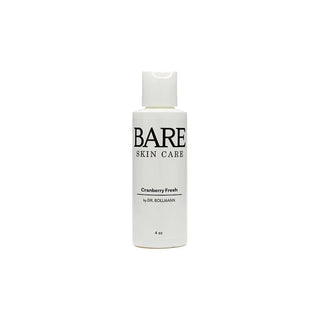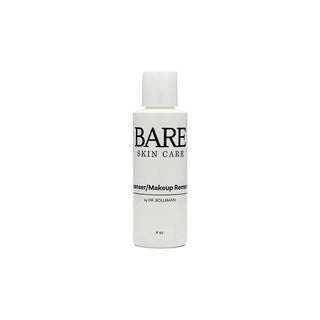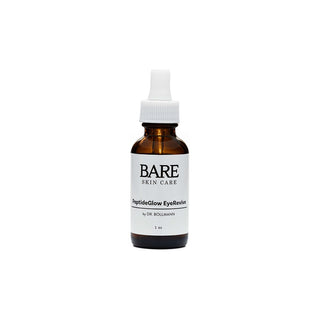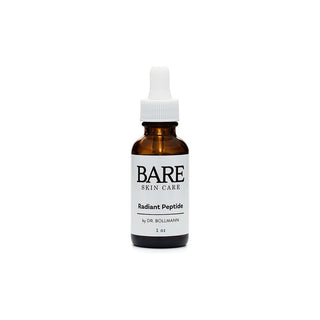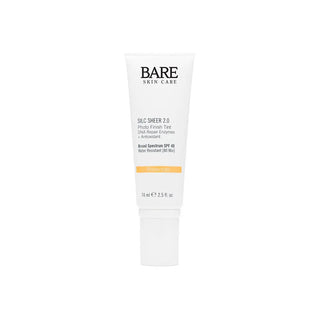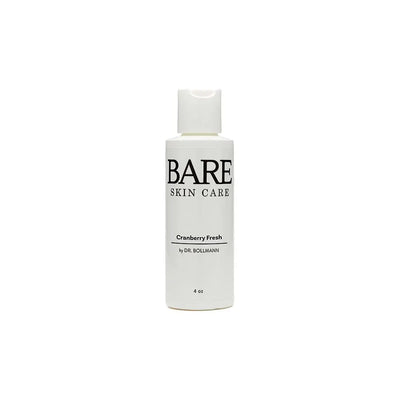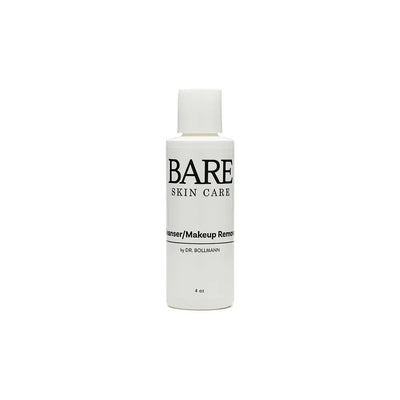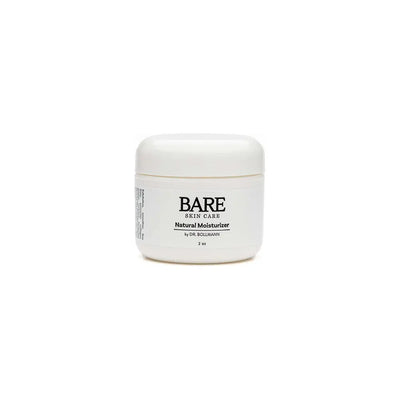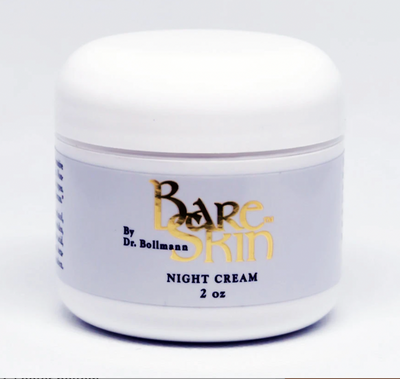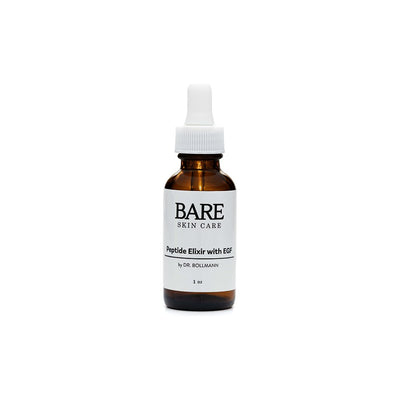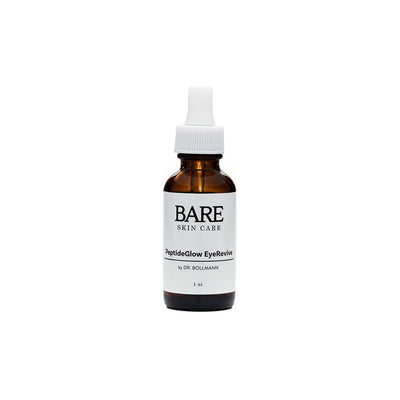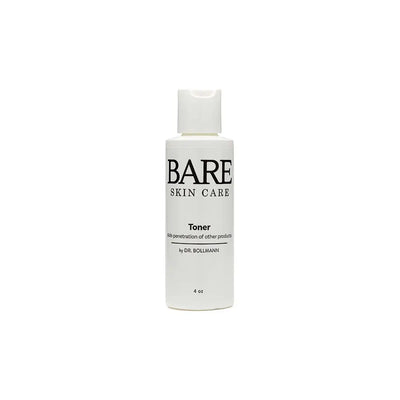 Dr Bollmann, Skin Care Specialist, Anti-Aging Expert
Dr Bollmann, Skin Care Specialist, Anti-Aging Expert
It is interesting to note the proliferation of allergies occurring. Evidence is now mounting that the pollution in the air is one of the main causes, by acting as a stimulant to the already allergens present, enhancing the immune response of the body to these particles, particularly in humid, wet and smoggy environments.
The main culprit is Nitrogen dioxide – present in automotive exhaust, and ozone – the main component of smog, which may provoke chemical changes in certain airborne allergens that could increase their potency.
Researchers from the Max Planck Institute (Germany) submit that these factors, in combination with changes in global climate, may explain why airborne allergies are becoming more common.
Previously, Ulrich Poschl and colleagues investigated how allergy-causing substances are altered in the air. Building on that work, they examined how traffic-related air pollutants could increase the strength of these allergens. In laboratory tests and computer simulations, the team studied the effects of various levels of ozone and nitrogen dioxide on the major birch pollen allergen known as Bet v 1.
The researchers determined that ozone – the main component of smog – oxidizes tyrosine, an amino acid, that helps form Bet v 1 proteins. This transformation sets in motion a chain of chemical reactions that involves reactive oxygen intermediates and can bind proteins together, altering their structures and their potential biological effects. The team speculates that the cross-linked proteins can become more potent allergens.
Further, the investigators found that nitrogen dioxide, a component of automobile exhaust, appears to alter the polarity and binding capabilities of Bet v 1 allergenic proteins. The team posits that these protein changes, in conjunction with the effects of ozone, may enhance the immune response of the body to these particles, particularly in humid, wet and smoggy environments.























